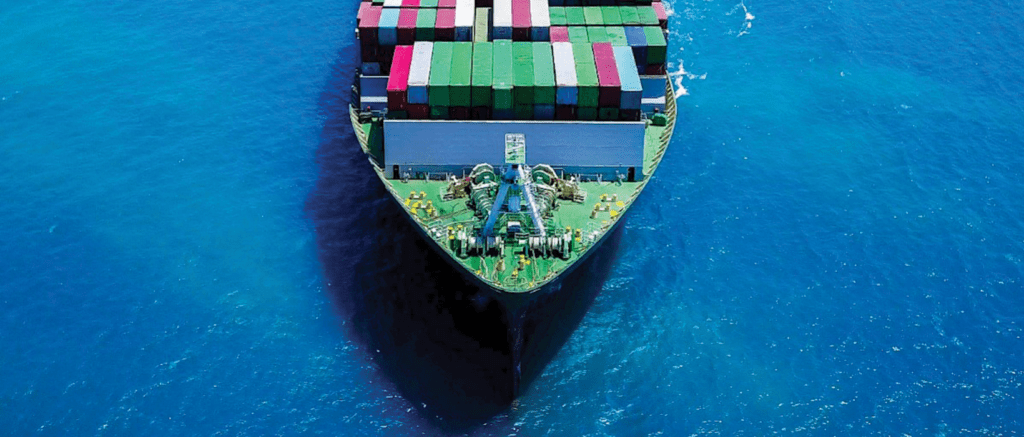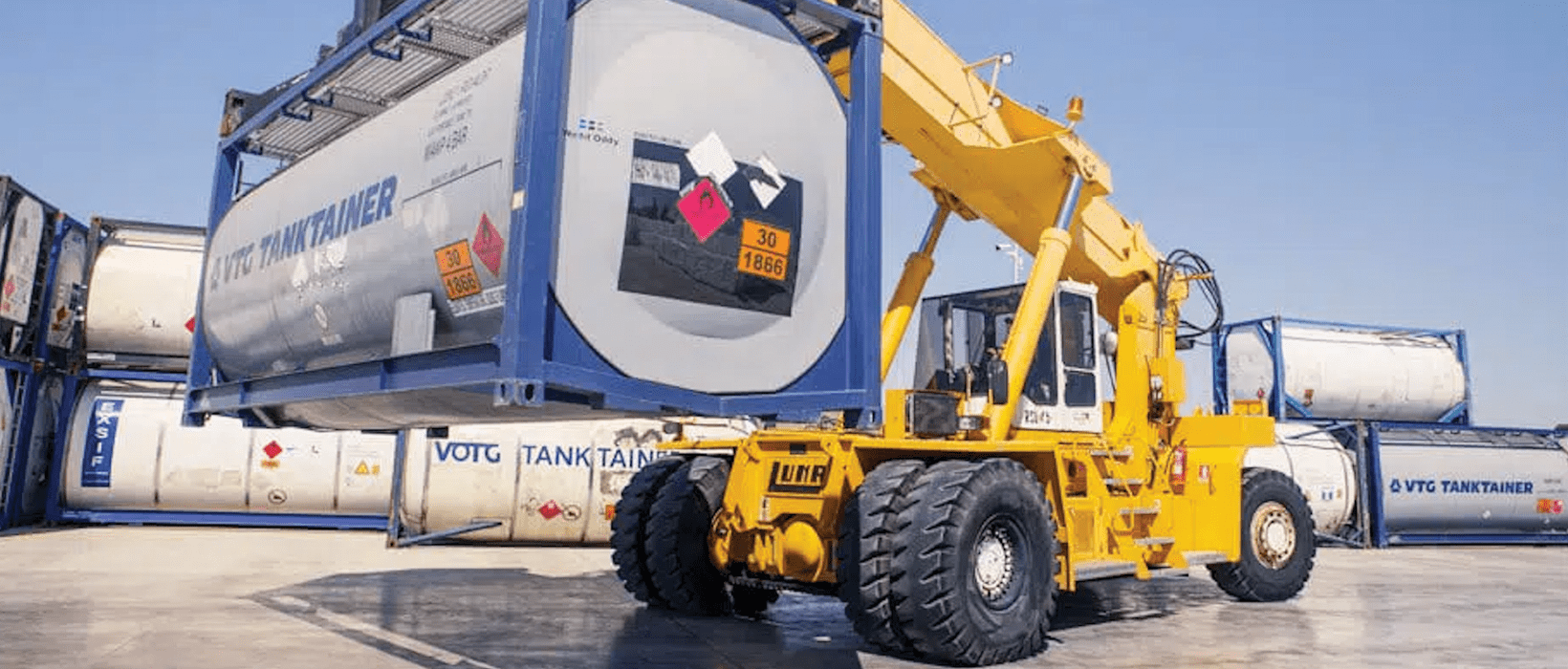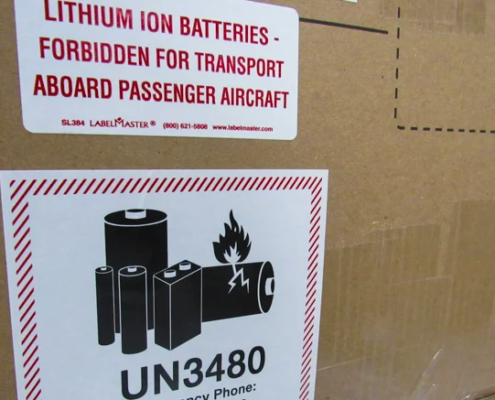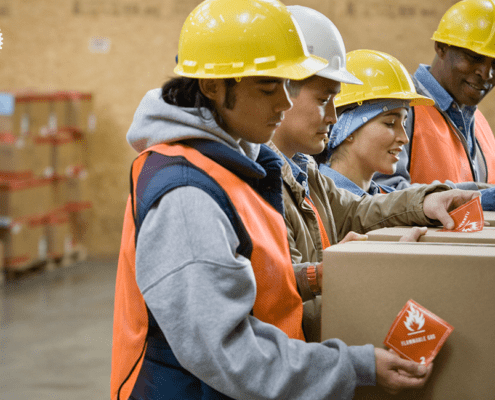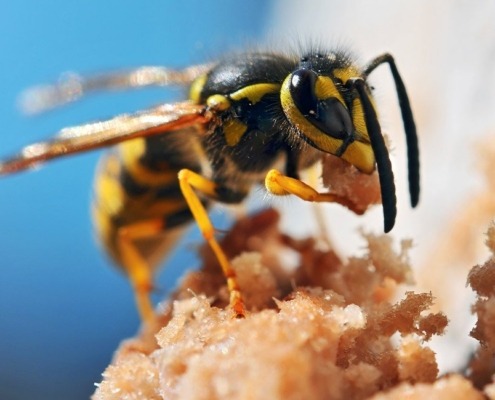Blog Elements
You can display blog posts in various ways with the “Blog Post” element/shortcode. You can see one example here and even more at the blog main menu item of this demo.
Shipping Hazardous Materials Internationally
Shipping hazardous materials overseas requires strict adherence to rules and regulations set out by not just American law but also the law from the destination country.
It is the responsibility of the shipper to ensure that all hazardous goods are packaged correctly and safe to ship. If you break any rules during the overseas transportation of hazardous materials then you can be subject to a very hefty fine and possibly even a prison sentence.
In the past, shipping referred to just goods being transported by sea, whereas now the term shipping can be used interchangeably to refer to goods transported by sea, air and road.
Here is some information that you should keep in mind if you need to ship hazardous materials overseas to avoid being penalised.
Shipping hazardous goods by sea
Hazardous goods can be transported by sea provided that they are packaged, labelled and declared appropriately and that you have completed a valid dangerous goods notification.
The regulatory body in charge of dangerous goods being shipped by sea is the International
Shipping hazardous goods by air
Hazardous goods can be shipped by air provided that the staff performing the packaging are specifically trained, and that the goods themselves are packaged, labelled and declared appropriately according to the safe transport of dangerous goods by air from the International Civil Aviation Organisation (ICAO).
The regulatory body in charge of dangerous goods being shipped by air is ICAO however, IATA is the International Air Transport Association (IATA) applicable to specific member airlines, members follow IATA rules where applicable.
When dangerous goods are being shipped by air, you will need to ensure that they are packaged in a container that is not only safe for the hazardous goods specifically being shipped but also packaging that will be able to withstand the pressure of the aircraft at high altitudes, and that a valid declaration for dangerous goods (for air transport) form has been completed.
Maritime Organisation (IMO). They follow practices set out in the latest Safety of Life at Sea (SOLAS) and the International Maritime Dangerous Goods Code (IMDG) to keep everyone safe during the transport of dangerous goods overseas.
How to ship hazardous goods
There are many steps that need to be followed when shipping chemicals internationally or sending hazardous goods overseas. These steps begin before you even handle the goods themselves. They are as follows:
Regulations
You must be aware of the regulations around what hazardous goods you want to ship and how you want to ship them. To export any hazardous goods then you must hold a valid export license.
Hazardous materials are organised across nine classes defined by the United Nations Model Regulations. Each of these will have their own regulations attached to them that you must be aware of before starting the shipping process.
Training
Anybody involved in the package of hazardous goods must have valid, up to date training enabling them to do so safely. If none of your staff can undergo this training then it may be possible for you to hire another company to do this on your behalf.
Classified and declared
Before any hazardous goods can be shipped overseas, the appropriate dangerous goods notes must be completed according to how the items are being shipped and what their dangerous goods classes are.
These notes cannot be completed by just anybody. They need to be completed by a qualified consignor, so that the shipper and the destination country are aware on what they are shipping, what they are receiving, and how they can do so safely.
Packing
To ship dangerous goods internationally, you must use fully compliant packaging that is tested, certified and meets the UN requirements for the specific classification of goods being shipped.
Examples of approved packaging materials can be found here.
Labels and documentation
Not only must the materials be packaged securely and appropriately, but they must also be labelled correctly so that it is obvious what is being transported and the dangers of incorrect handling.
This is mostly done using dangerous goods labels and placards.
Transporting limited quantities
This information on how to ship hazardous materials applies to companies who regularly ship hazardous goods internationally by air, sea, or road. If you only transport hazardous materials in limited quantities then you may be exempt from certain packaging and labelling regulations.
See here for more information on the exemptions that come with shipping limited quantities.
Dangerous goods shippers
Air Sea USA provide UN compliant packaging, labels and placards for businesses sending hazardous goods overseas.
If your company is involved in any form of hazardous goods shipping, then we will have packaging that works for you. We can also produce custom made packaging on request, simply get in touch and enquire to begin the process.
FAQs
What is hazmat shipping?
Hazmat stands for hazardous materials. You may see people refer to shipping hazardous materials as shipping hazmat, simply because this is an abbreviation.
Can you ship lithium batteries internationally?
Yes, but there are very specific restrictions that apply to shipping lithium-ion batteries overseas and it is important that these are adhered to for safety.
The 2022 Lithium Battery Guidance Document provided by the IATA provides more information on how you can ship lithium metal and lithium-ion batteries, and we have further information on the subject in another post available here.
Is motor oil a hazardous material to ship?
Motor oil is hazardous to ship and must be packaged correctly before shipping. However, it is not classed as a Class 3 hazardous good by the UN’s classification unless it has a flash point of less than 60°C.
What is Biological Substance Category B
Biological Substance Category B are infectious substances and can be either human or animal material.
You can ship Biological Substance Category B provided that you are following all UN packaging regulations and the guidance of your shipping regulator.
Nunc nec neque. Phasellus leo dolor, tempus non, auctor et, hendrerit quis, nisi. Curabitur ligula sapien, tincidunt non, euismod vitae, posuere imperdiet, leo. Maecenas malesuada. Praesent congue erat at massa. Sed cursus turpis vitae tortor.
- Donec posuere vulputate arcu.
- Phasellus accumsan cursus velit.
- Vestibulum ante ipsum primis in faucibus orci luctus et ultrices posuere cubilia Curae;
- Sed aliquam, nisi quis porttitor congue
Biodegradable Peanuts – Going Green
As the world becomes more environmentally conscious, many businesses are looking for ways to reduce their carbon footprint. One way to do this is by using biodegradable products, such as packing peanuts. In this brief guide, we explore the benefits of biodegradable packing peanuts, how they work, and how to dispose of them properly.
Introduction to Biodegradable Packing Peanuts
Packing peanuts are a popular way to protect items during shipping. They are small, lightweight, and fill the empty space in boxes to prevent items from moving around. However, traditional packing peanuts are made from materials that are not biodegradable, such as polystyrene foam. These materials can take hundreds of years to break down, creating a significant environmental impact.
Biodegradable packing peanuts, on the other hand, are made from materials that can decompose naturally over time. This makes them a more sustainable option for businesses that want to reduce their environmental impact.
What Does Biodegradable Mean?
The term “biodegradable” refers to the ability of a material to break down into natural substances over time. Biodegradable products can be broken down by microorganisms, such as bacteria and fungi, into carbon dioxide, water, and other natural substances. This process is known as biodegradation.
In contrast, non-biodegradable products, such as traditional packing peanuts, do not decompose naturally and can take hundreds of years to break down. This creates a significant environmental impact and contributes to the growing problem of plastic pollution.
The Importance of Using Biodegradable Products
Using biodegradable products is an important way to reduce our impact on the environment. When non-biodegradable materials are disposed of improperly, they can end up in landfills or the ocean. This creates pollution and harms wildlife.
Biodegradable products, such as packing peanuts, can help to reduce this pollution by breaking down naturally over time. This reduces the amount of waste that ends up in landfills and the ocean, helping to protect the environment and wildlife.
Types of Biodegradable Packing Peanuts
There are several types of biodegradable packing peanuts available, each made from different materials. Some of the most common types of biodegradable packing peanuts include:
Starch-Based Packing Peanuts
Starch-based packing peanuts are made from corn starch or potato starch. They are completely biodegradable and can be composted in a home composting system. These peanuts are also water-soluble, making them easy to dispose of. Air Sea USA use corn starch peanuts in their 4GV packaging as an alternative to the traditional dangerous goods cushioning, vermiculite. These white odourless peanuts are a lightweight and dust-free alternative to Vermiculite and provide shock and impact protection to inner packagings during transport.
Mushroom-Based Packing Peanuts
Mushroom-based packing peanuts are made from mycelium, the root structure of mushrooms. They are completely biodegradable, non-toxic and can be composted in a home composting system.
How do Biodegradable Packing Peanuts Work?
Biodegradable packing peanuts work by breaking down naturally over time. When exposed to microorganisms, such as bacteria and fungi, the peanuts begin to decompose, eventually breaking down into carbon dioxide, water, and other natural substances.
This process can take anywhere from a few weeks to several months, depending on the type of biodegradable packing peanuts and the conditions they are exposed to. In general, biodegradable packing peanuts require moisture, warmth, and oxygen to decompose properly.
Advantages of Using Biodegradable Packing Peanuts
There are several advantages to using biodegradable packing peanuts, including:
Reduced Environmental Impact
Biodegradable packing peanuts have a significantly reduced environmental impact compared to traditional packing peanuts. They break down naturally over time, reducing the amount of waste that ends up in landfills and the ocean.
Sustainable
Biodegradable packing peanuts are made from sustainable materials, such as corn starch, mycelium and potato starch. This makes them a more eco-friendly option for businesses that want to reduce their carbon footprint.
Easy to Dispose of
Biodegradable packing peanuts are easy to dispose of. They can be composted in a composting system, or some you can simply put in water and they will break down. This makes them a convenient option for businesses.
The Future of Biodegradable Packing Peanuts
As businesses become more environmentally conscious, the demand for biodegradable packing peanuts is expected to increase. This will drive innovation and the development of new, eco-friendly materials for packaging.
In addition, governments around the world are implementing regulations to reduce plastic pollution and encourage the use of biodegradable products. This will further drive the adoption of biodegradable packing peanuts and other sustainable packaging options.
Caution
Take care when using UN approved packaging, for example, 4G and 4GV fibreboard box approvals will specifically detail what type of packaging fill has been used to pass the relevant tests. This can differ and is a good reason why users of packaging must obtain manufacturers assembly instructions prior to use. Using the incorrect packaging material will invalidate the UN approval.
Conclusion
Biodegradable packing peanuts are a more sustainable option for businesses that want to reduce their environmental impact or require a dust-free alternative to vermiculite when used in dangerous goods packaging. They are made from eco-friendly materials, break down naturally over time and are easy to dispose of. However, do consult with your packaging manufacturer and check what specific packaging fill materials have been approved with any UN approved packaging first.
Contact WIWGroup HazShip for more information and guidance on Dangerous Good Packaging or for more information on Biodegradable packing.

